Kidney Disease in Cats: Causes, Symptoms, Prevention, and Treatment
Key Takeaways
What Causes Kidney Disease in Cats?
Understanding the Underlying Factors
Kidney disease in cats, particularly chronic kidney disease (CKD), is one of the most prevalent health issues, especially in older felines. The kidneys play a crucial role in filtering toxins, balancing electrolytes, and regulating hydration. When kidney function deteriorates, waste products build up in the bloodstream, leading to a variety of serious health problems.
Common Causes of Kidney Disease in Cats
While CKD develops gradually over time, acute kidney disease can occur suddenly due to toxins, infections, or other underlying conditions. The primary causes of kidney disease in cats include:
Orange County pet owners should be particularly mindful of environmental risks, including common household toxins and heat-related dehydration. Ensuring your cat has constant access to fresh water is crucial in preventing kidney issues.
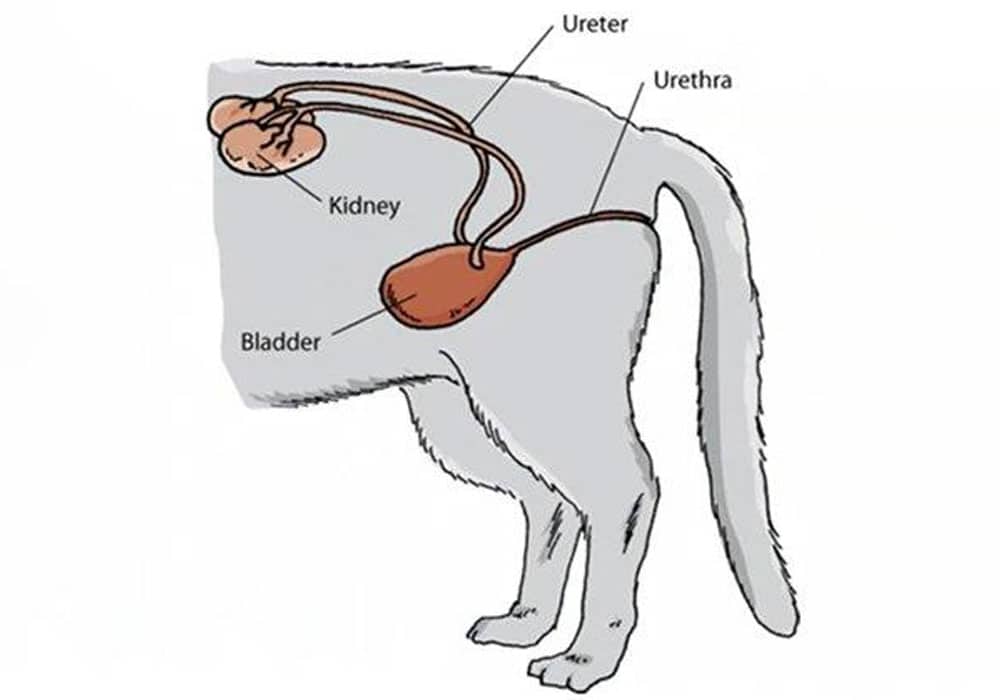
Image 1: Anatomy of a Cat’s Urinary System – This diagram illustrates the key components of a cat’s urinary system, including the kidneys, ureters, bladder, and urethra. Understanding these structures helps pet owners recognize the importance of kidney function and early detection of kidney disease. Source: Rangiora Vet Centre
What Are Signs of Kidney Disease in Cats?
Recognizing the Symptoms Early
Since chronic kidney disease in cats progresses gradually, the early symptoms can be subtle. Many pet owners do not recognize CKD until significant damage has already occurred. That’s why regular vet checkups and bloodwork are critical.
Common Symptoms of Kidney Disease in Cats
Here are the most common signs of kidney disease in cats that pet owners should watch for:
Since these symptoms can overlap with other illnesses like diabetes or thyroid disease, Bliss Animal Hospital recommends routine blood tests to detect kidney disease before severe damage occurs. If you notice these symptoms, contact your veterinarian immediately.
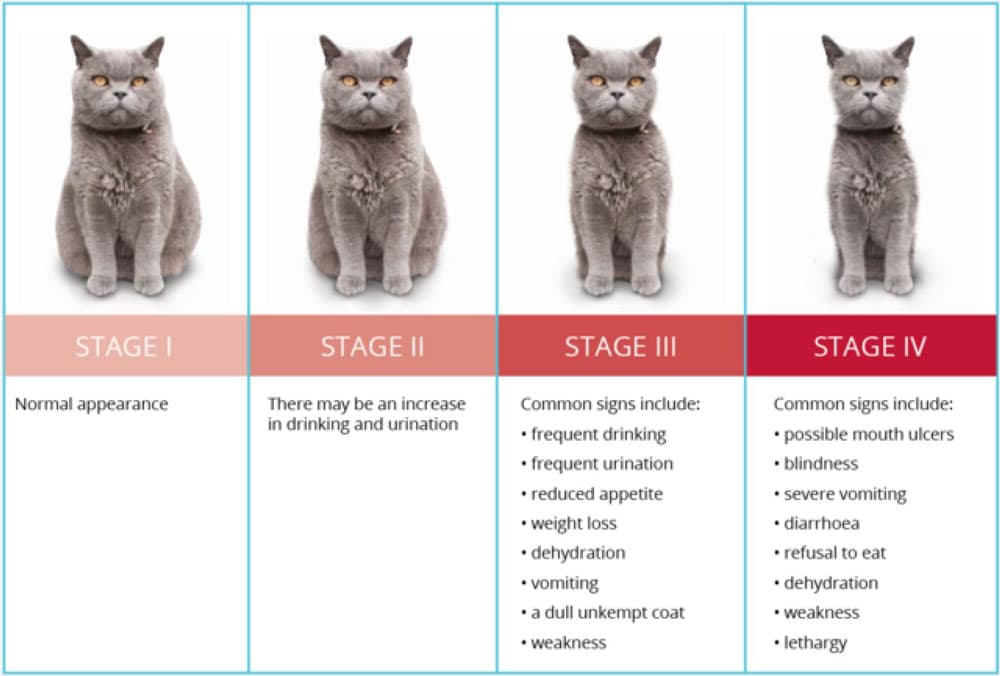
Image 2: The Four Stages of Kidney Disease in Cats – This visual guide illustrates the progression of chronic kidney disease (CKD) in cats, from early-stage mild symptoms to severe health complications in advanced stages. Recognizing these signs early can help with timely veterinary intervention. Source: Northern Suburbs Veterinary Hospital
How to Prevent Kidney Disease in Cats?
Proactive Steps to Maintain Kidney Health
Although some causes of kidney disease—such as aging or genetics—are unavoidable, pet owners can take steps to reduce their cat’s risk of developing CKD.
Preventative Measures for Kidney Disease in Cats
Given Orange County’s warm climate, pet owners should take extra precautions to prevent dehydration and heat-related kidney strain. During warmer months, make sure your cat has plenty of water and shade if they spend time outdoors.
How to Treat Kidney Disease in Cats?
Managing Kidney Disease for a Better Quality of Life
While chronic kidney disease in cats is not curable, early diagnosis and proper treatment can significantly extend a cat’s lifespan and improve their comfort.
Treatment Options for Kidney Disease in Cats
Orange County cat owners can trust Bliss Animal Hospital to create a customized treatment plan tailored to their pet’s needs.
What Are the 4 Stages of Kidney Disease in Cats?
Understanding the Stages of CKD
Kidney disease in cats progresses through four stages, classified by the International Renal Interest Society (IRIS):
Regular vet checkups at Bliss Animal Hospital can help detect kidney disease early, allowing for better management and improved quality of life.
Conclusion: Protect Your Cat’s Kidney Health
Kidney disease is a serious but manageable condition in cats. Early detection, preventative care, and proper veterinary support can slow its progression and significantly improve your cat’s quality of life.
If you believe your cat may be showing signs of kidney disease, contact Bliss Animal Hospital at (949) 354-5201 to schedule an appointment today.
About Bliss Animal Hospital
Our team, led by Dr. Nayara Pataro and Dr. Sam Amirshahi, is dedicated to providing compassionate, top-rated care right here in South Orange County. With a strong emphasis on relationships and personalized veterinary care, we’re here to support you and your pet’s health and happiness. If you’re looking for convenient, high-quality care nearby, check out our veterinarian services in Lake Forest, CA and surrounding areas like Veterinarian near Mission Viejo, CA, Irvine, CA Veterinarian (Great Park and Portola Springs) and vet near Rancho Santa Margarita, CA.

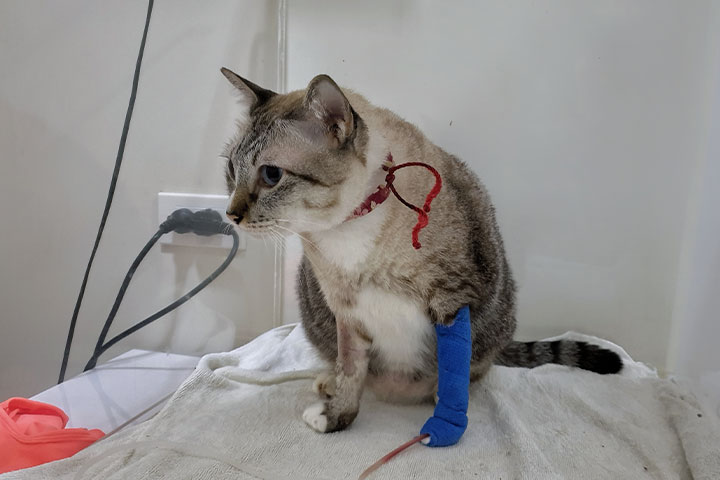


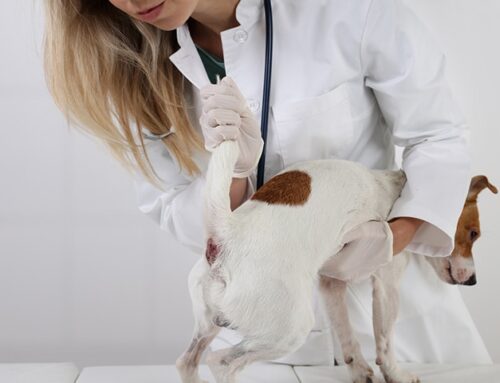
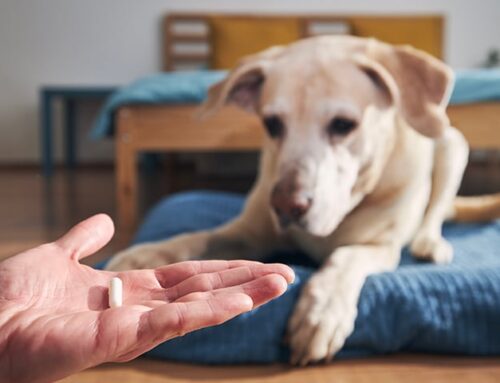





Leave A Comment